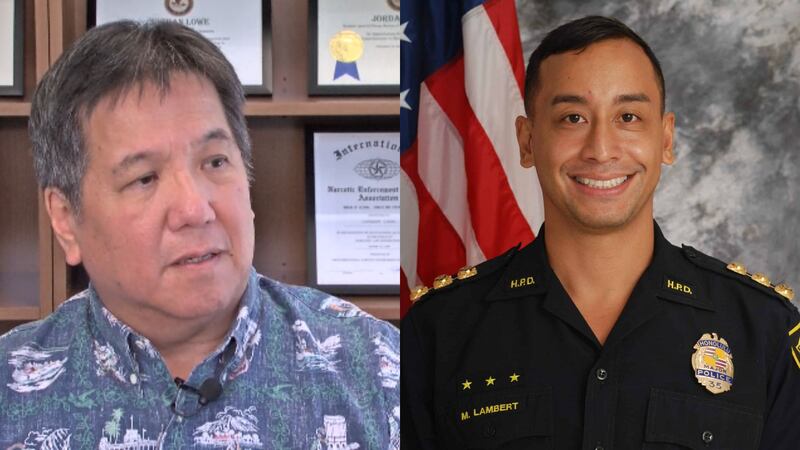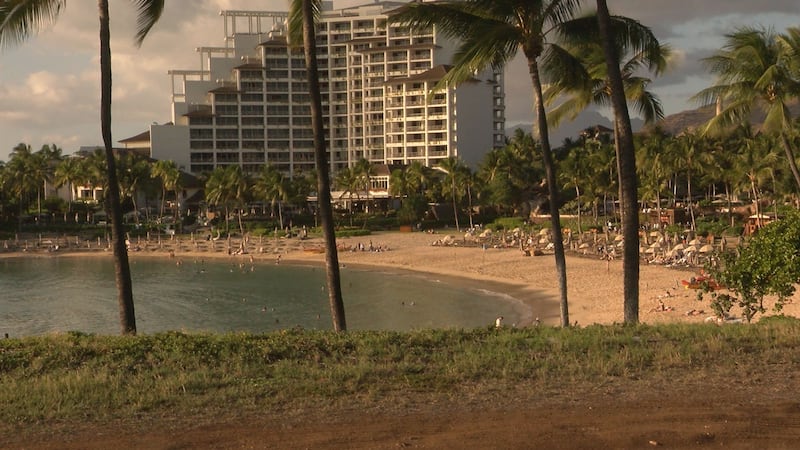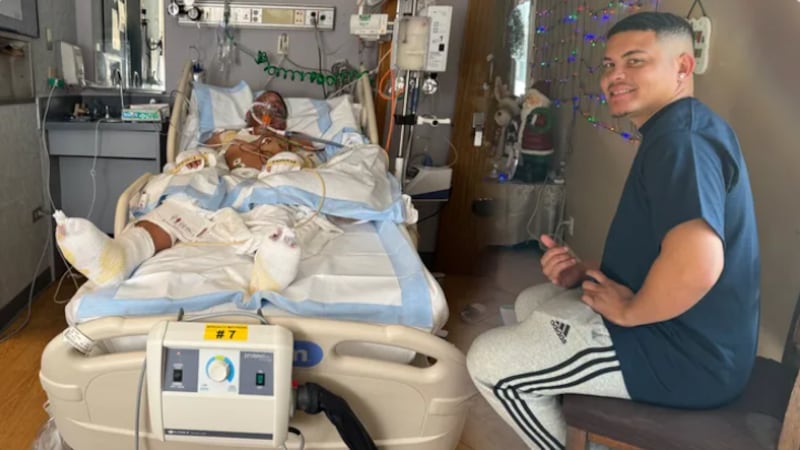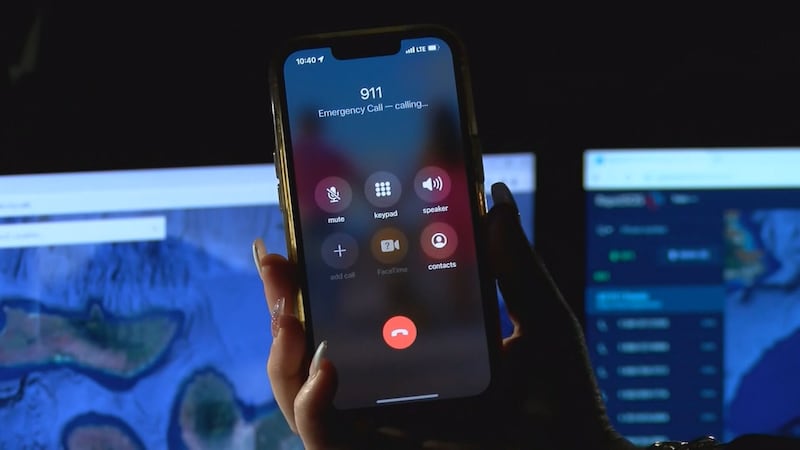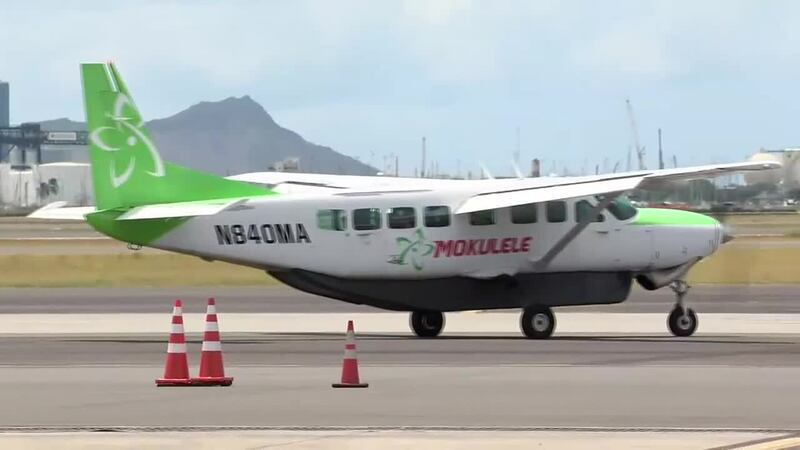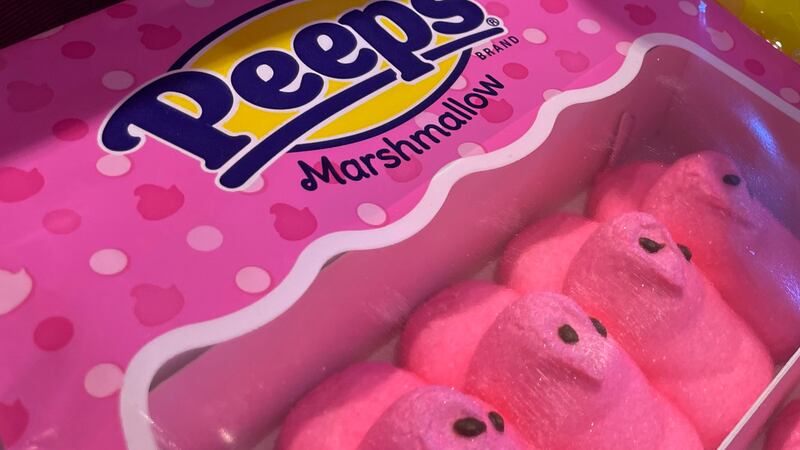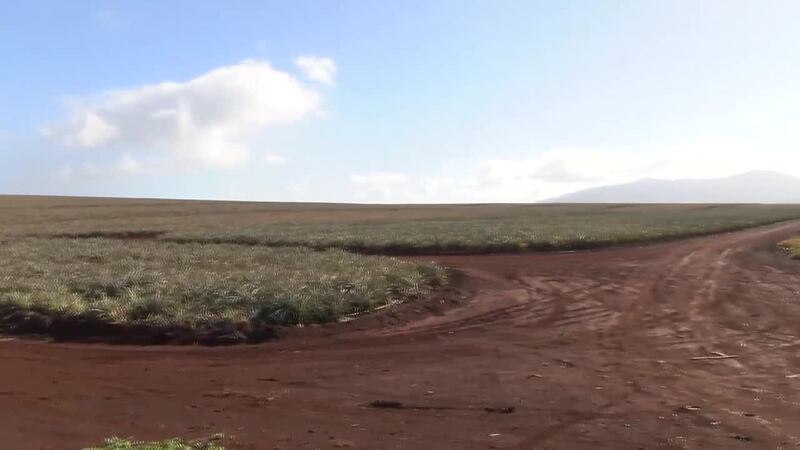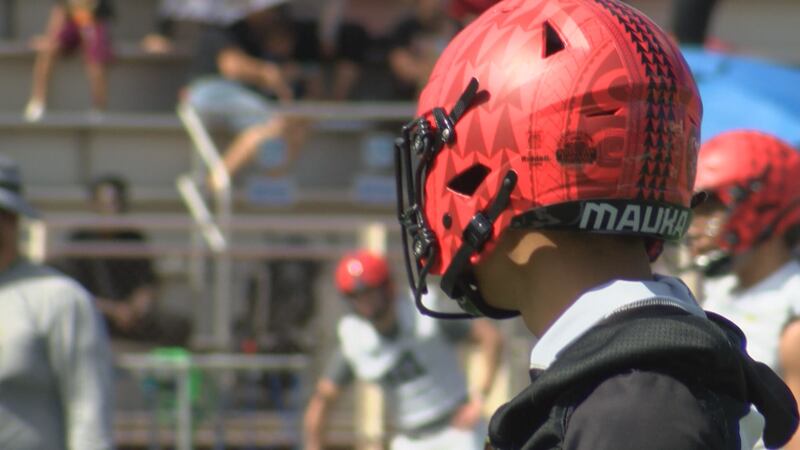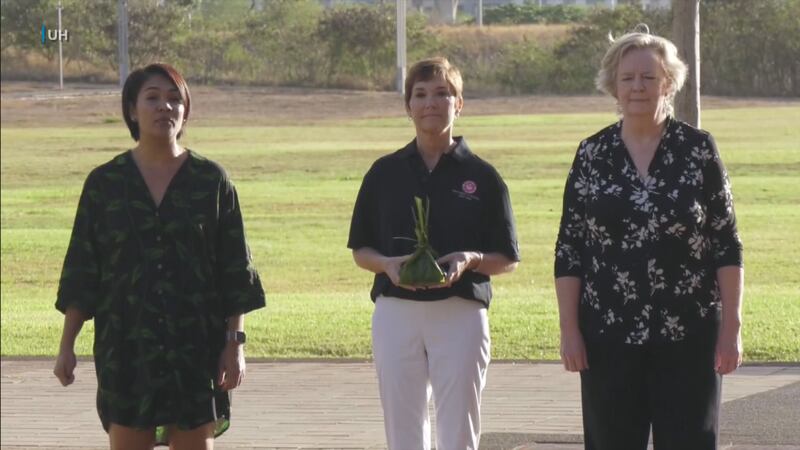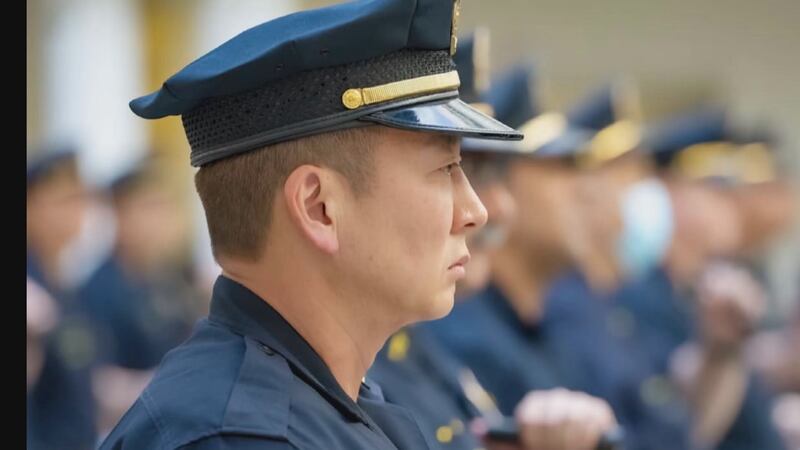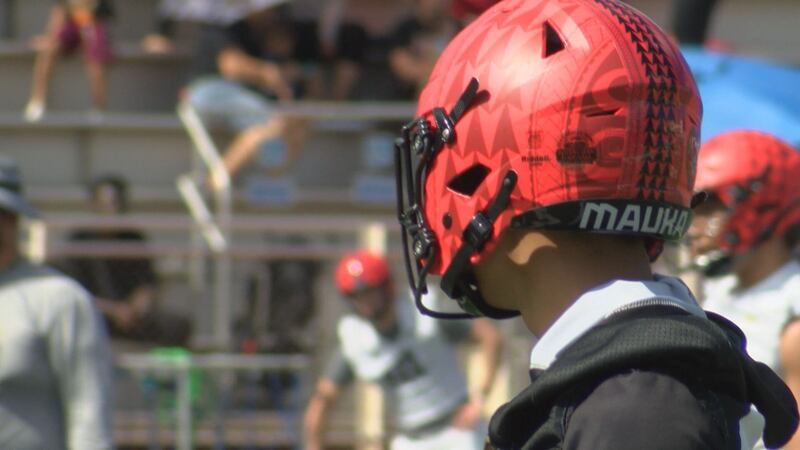Concern for endangered birds rises as avian flu turns up at Kahuku wildlife refuge
HONOLULU (HawaiiNewsNow) - The discovery of the state’s second bird flu location — a North Shore wildlife refuge — is raising fears that the virus will spread island-wide.
It’s provoking precaution at Honolulu Zoo and fears for Hawaii at-risk species.
The U.S. Fish and Wildlife Service confirmed that the infected bird was at the James Campbell National Wildlife Refuge, home to several endangered and endemic species like the Hawaiian stilt and the Koloa duck.
The Koloa does mate with mallards to produce hybrids. Officials said a hybrid duck was found infected from among 10 wild bird samples collected in the area by the federal and state agencies.
University of Hawaii professor Michael Norris, an expert in emerging pathogens, said the hybrid duck may have been chosen randomly, rather than because it showed symptoms.
“It’s easier to test and capture those animals than endangered ones, so we use them a lot of times as a surrogate canary, so to speak,” he said. “There’s definitely a concern that the threatened animals will be affected by this virus.”
Dr. Jill Yoshicedo, Honolulu Zoo veterinarian, echoed that concern, although not all endangered birds are in equal danger.
“We have fears about our precious native endangered species here. Luckily most of them are up in the mountains, not where ducks and chickens are gathering. So they are less likely to be exposed,” she said.
Yoshicedo said the recent finding at the refuge makes it clear that the first infections that led to death or euthanasia for over 100 birds associated with a Wahiawa rescue sanctuary were not a fluke.
The zoo has placed vulnerable birds into netted aviaries to keep other birds out and reduced visitor access to some displays. She said water fowl and chickens are the most likely to spread the virus, but multiple birds and potentially mammals could be susceptible.
“Because we don’t know all the species that it can infect, and because many species respond or react to it differently, we don’t know how severe the disease is,” she said. “The thing that makes it scary is just how contagious it is.”
Norris says federal and state surveillance is the best way to track and potentially contain the uncurable virus.
“So you test more animals, you keep an eye on those wastewater indicators, and then respond,” he said.
The state Department of Land and Natural Resources said it is watching for the disease in its preservation areas. If it appears, the department says it has plans to respond.
Officials are asking the public to report unusual bird fatalities to the Hawaii Department of Agriculture and handle any ill or dead birds with great caution.
To report sick or dying birds, call the department’s Animal Industry Division at (808) 483-7100 or (808) 837-8092.
PREVIOUS COVERAGE
- State confirms avian flu in wild duck on Oahu’s North Shore
- State working to identify, screen people with potential exposure to avian flu
- Wahiawa community takes precautions to protect against avian flu
- ‘It’s so bad.’ Hawaii’s first cases of avian flu confirmed at Wahiawa duck rescue
- DOH notifies public of potential exposure to avian flu at Mililani pet fair
- Chicken farmers, owners ‘scared to death’ over Hawaii’s first avian flu detection
- State confirms avian flu in flock of birds in Central Oahu
Copyright 2024 Hawaii News Now. All rights reserved.
